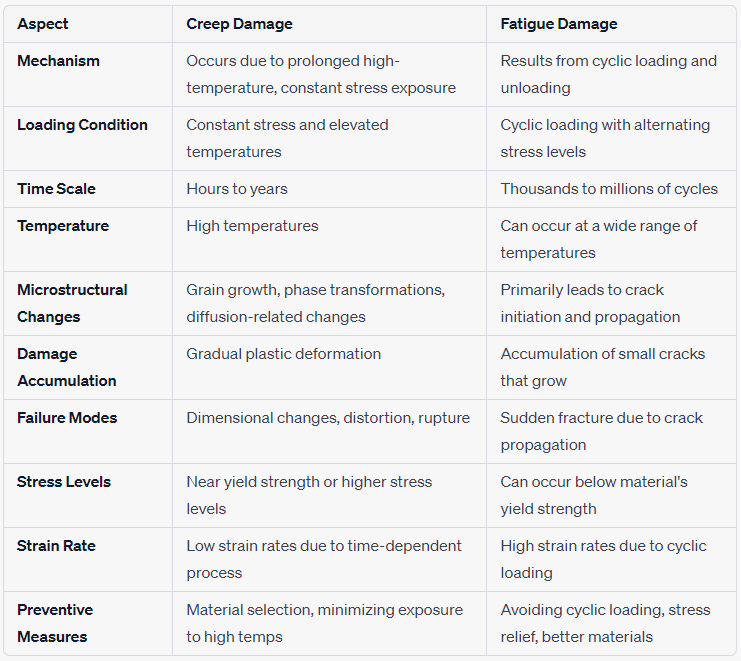Investigating Bulges in Water Tube Boilers: Procedures and Repair Guidelines
- matintegrity
- Jun 27, 2023
- 2 min read
Bulges in water tube boilers can be indicative of underlying issues that require prompt attention to avoid potential hazards. Through a comprehensive investigation process and the utilization of various inspection techniques, the cause and extent of damage can be accurately determined. Based on the findings, appropriate repair methods such as installing new tubing, applying tube patches, or considering mechanical repairs can be implemented, ensuring the safe and efficient operation of the boiler system. Regular inspections and proactive maintenance are essential for maximizing the longevity and performance of water tube boilers.
Identifying Bulges:
A bulge in a water tube refers to an abnormal outward deformation or swelling of the tube's surface. It is crucial to accurately identify the cause and extent of damage before determining the appropriate repair method. The following steps should be followed when bulges are observed:
Investigation: Upon detecting a bulge, a thorough investigation is necessary to understand the cause and evaluate the damage. This investigation may involve various techniques such as visual examination, non-destructive examination (NDE), and field metallography.
Determining Metallurgical Changes: Field metallography is employed to determine if the bulge has caused any metallurgical changes to the original tube material. This technique may involve extracting a small sample of the affected area for microscopic analysis or using replication method. If metallurgical changes are found, such as grain boundary separation or recrystallization, it indicates that the tube material has been compromised.
Presence of Cracks: Non-destructive examination (NDE) techniques like ultrasonic testing or magnetic particle inspection are utilized to check for the presence of cracks within the bulge. If cracks are detected, it indicates structural weakness, reducing the integrity of the tube.
Repair Options: Based on the findings of the investigation, appropriate repair methods can be determined. The following options may be considered:
Installation of New Tubing: If the bulge has resulted in metallurgical changes or cracks, the installation of a new length of tubing is necessary. This ensures the integrity of the boiler system, preventing potential leaks or failures.
Tube Patch: In cases where the bulge exhibits cracks, an alternative to installing new tubing is using a tube patch. A tube patch involves applying a specifically designed patch material to reinforce and seal the affected area, restoring the structural integrity of the tube.
Mechanical Repair: If the bulge does not exhibit cracks and has not caused metallurgical changes to the original tube material, a mechanical repair may be considered. However, the decision to proceed with this repair method should be made in consultation with the Inspector or Jurisdiction overseeing the boiler, ensuring compliance with relevant safety standards.
This video demonstrates replacement procedure of water tube panel
Reference:
NATIONAL BOARD INSPECTION CODE NB 23






Comments